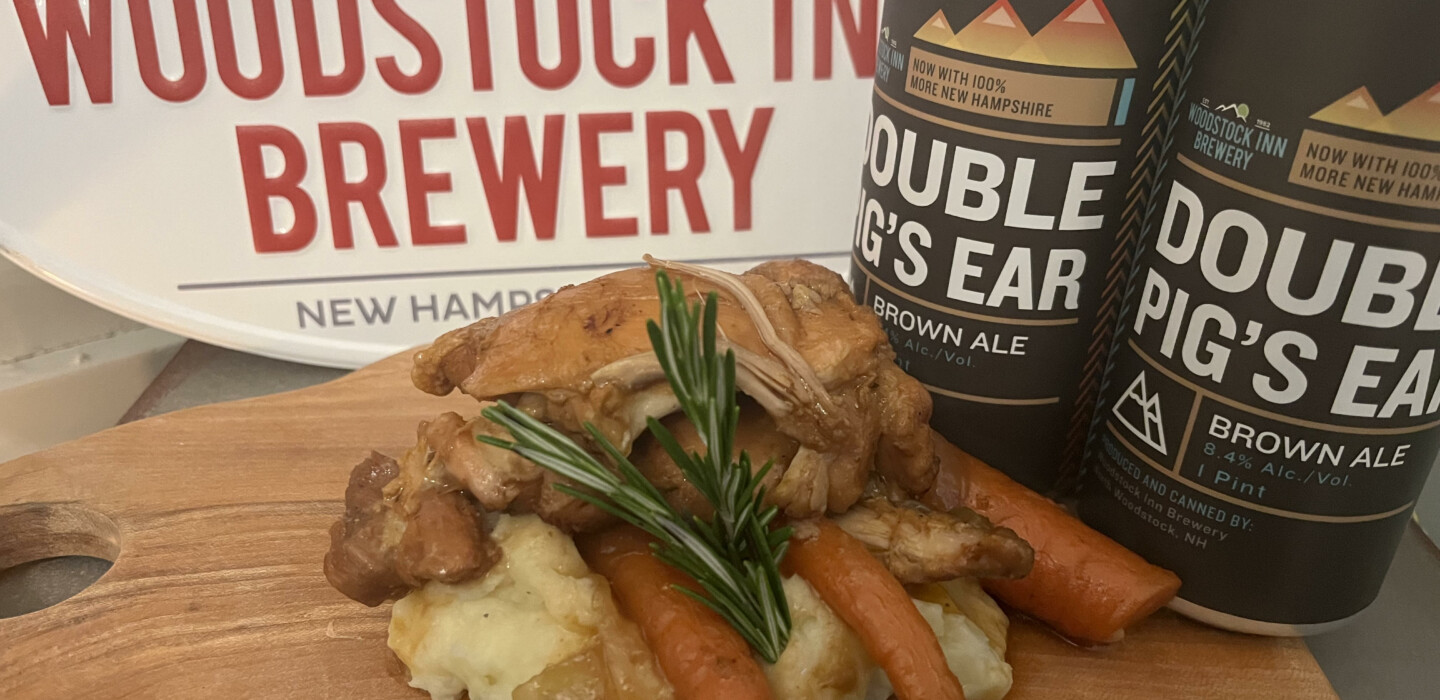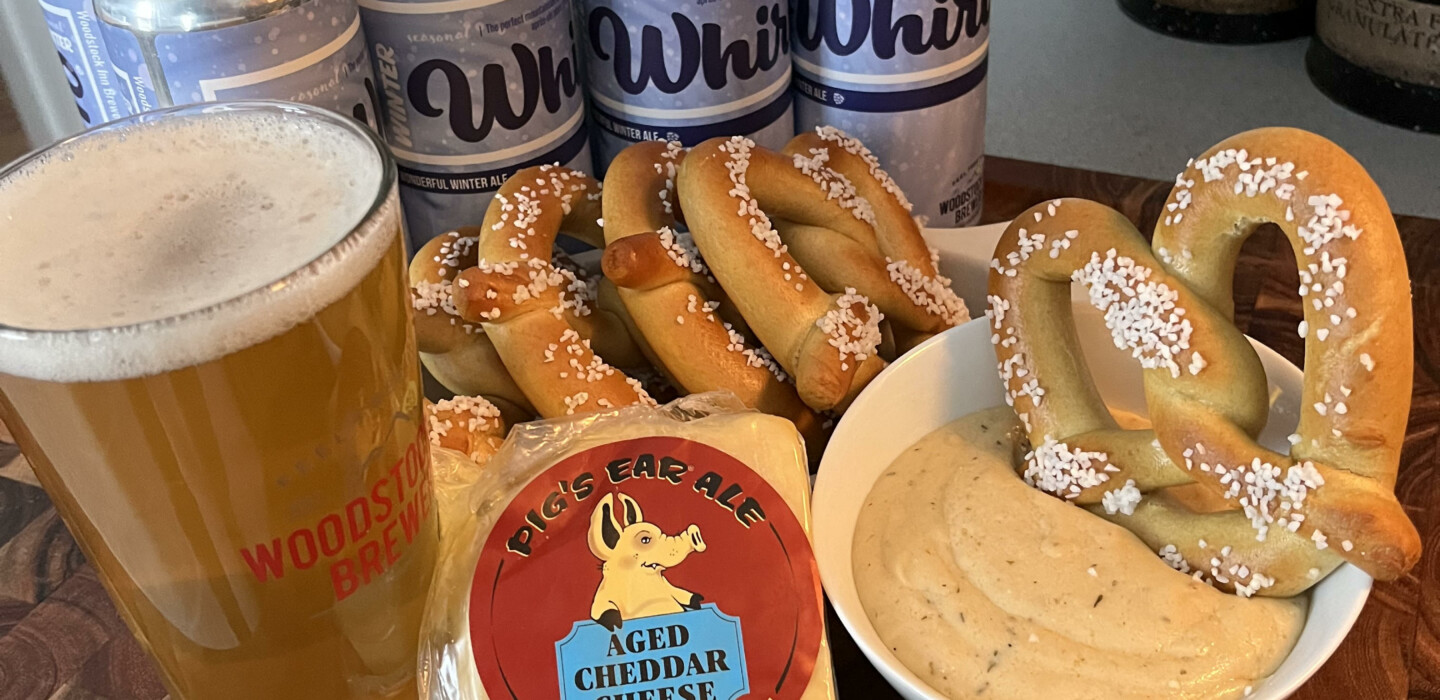Have you ever watched someone at a wine tasting? They stick their nose in the glass, put the glass up to the light, swirl the wine, taste, roll the wine around in their mouth, then proclaim it perfect or not. We’d like to tell you tasting beer – truly tasting beer – is a much shorter, less elaborate process, but it’s not. And that’s not a bad thing: Taking the time to experience and savor a craft brew is quite satisfying – and it will make you appreciate what you’re drinking so much more. As with wine, you can’t take a swig of beer and make an informed decision on it other to say “yea” or “nay,” especially if you’re tasting a fine, hand-crafted beer, carefully brewed, with subtle flavors. In that case, here’s how to taste beer properly (and impress your friends in the process):
Pour
Look
 Marvel at the miracle of beer for a second before taking a closer look. Don’t hold the beer up to the light – that will dilute the color. The color you see should range from pale straw to black, depending on the style. Here are some examples of beer styles and their colors:
Marvel at the miracle of beer for a second before taking a closer look. Don’t hold the beer up to the light – that will dilute the color. The color you see should range from pale straw to black, depending on the style. Here are some examples of beer styles and their colors:
Pale Straw – German pilsner
Deep Gold – Pale ale
Amber-Brown – Amber ale
Ruby Brown – Porter
Black – Imperial stout
Further, look at whether the beer is opaque, hazy, or see-through, and examine the head’s color – it may range from white to brown – and consistency. Is it foamy or creamy?
Swirl
Sniff
Smell is a big part of taste. A common number that’s cited is that up to 95 percent of taste comes from aroma. However, due to a variety of factors, it’s hard to exactly quantify the weight smell has on taste, except to say it’s a big part of it.
So, sniff the beer. It might seem a little silly, but experts recommend taking two sharp, quick sniffs, then a normal sniff. Then one last sniff with your mouth open. Revel in the aroma or the “bouquet” as it’s known.
Taste
Now for the part you’ve all been waiting for: tasting the sweet, sweet nectar of the hops, grains, and other ingredients. Don’t swig and gulp: sip and let the beer wander around your mouth and dance over your taste buds.

Let the flavors linger so the beer’s signature characteristics can come out to play.
This is where we talk about the “mouthfeel” of the beer. The mouthfeel is the physical and textural sensations perceived by the mouth in relation to food or drink. What’s the consistency like? The carbonation? Is it acidic? Bitter? Sweet?
Register the flavors. Depending on the style of brew, you may taste bananas, caramel, bread, lemon, coffee, pear, or something else. Think about it: What are you tasting?
Finally, exhale, releasing the air in your mouth through your nose, and then swallow. Is there an aftertaste? How long does it linger? Is it something you like? If so, enjoy!
There you have it: Now you know how to taste beer. Once you master the tasting, exploring beer pairings is the next step. For instance Woodstock’s Pig’s Ear brown ale and chocolate are amazing together!
Our newsletter has everything you want to know about the Woodstock Inn & Brewery: Specials, events, new releases and more. Sign up today and don’t miss a thing!






